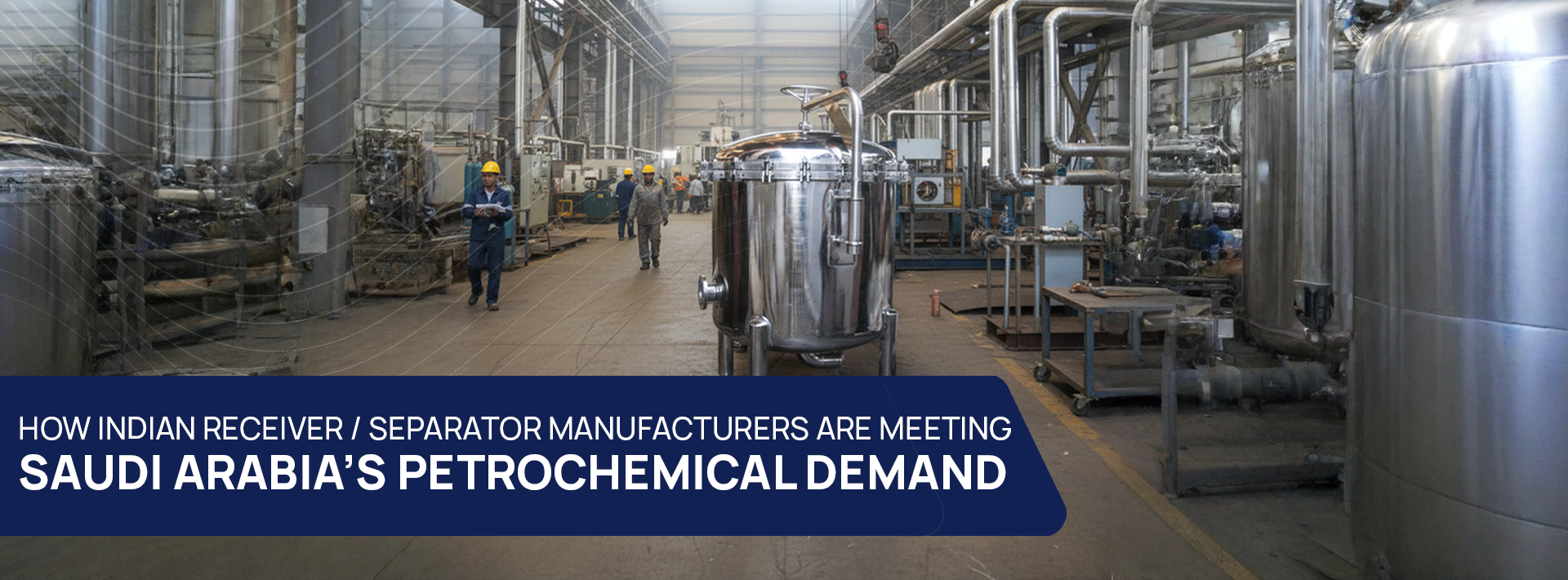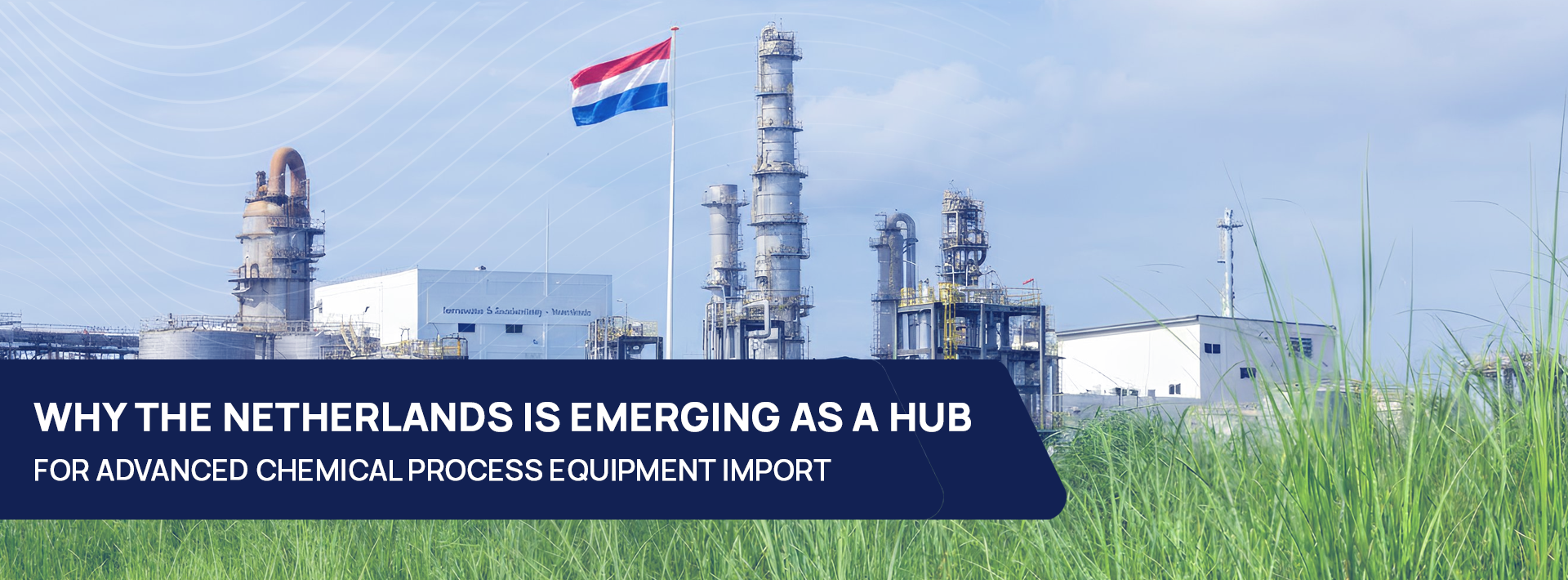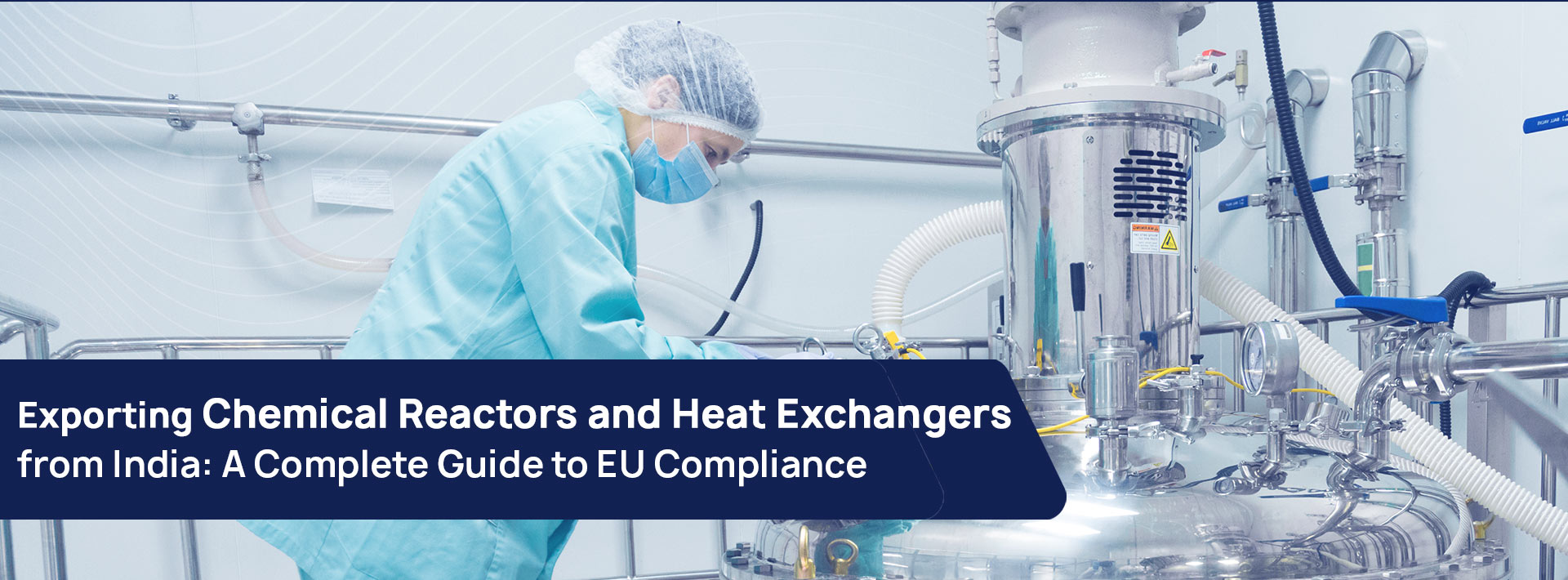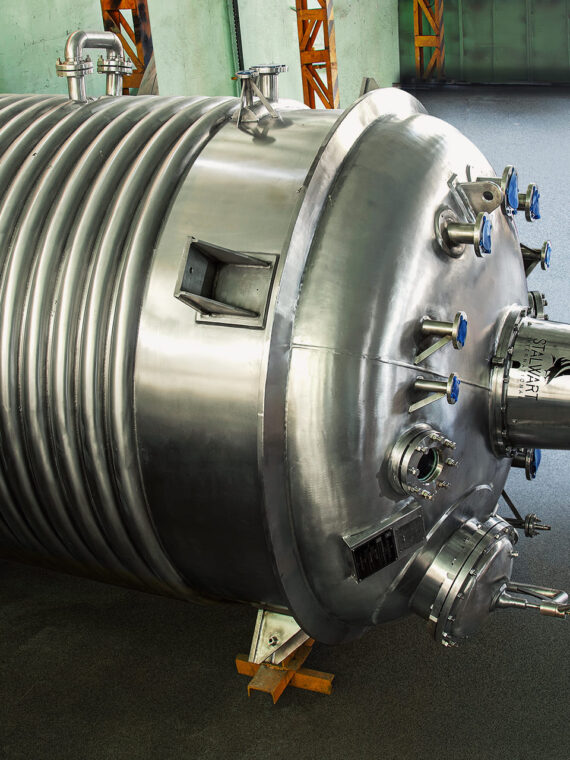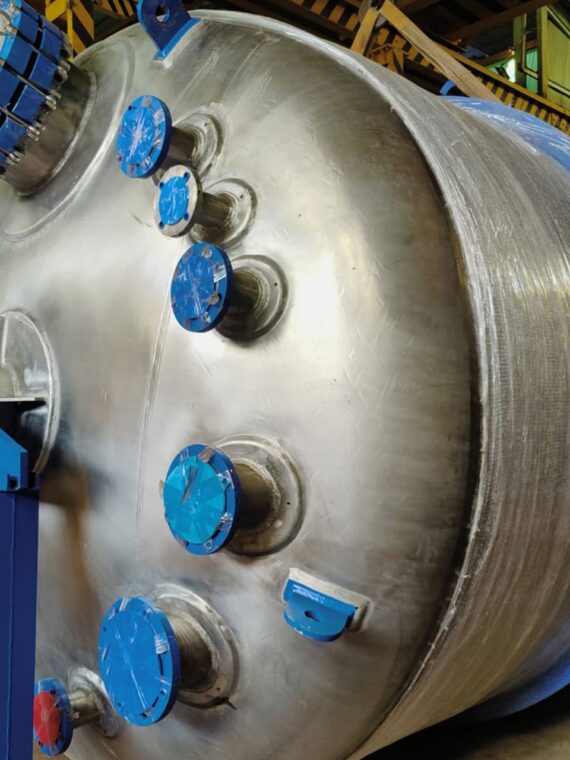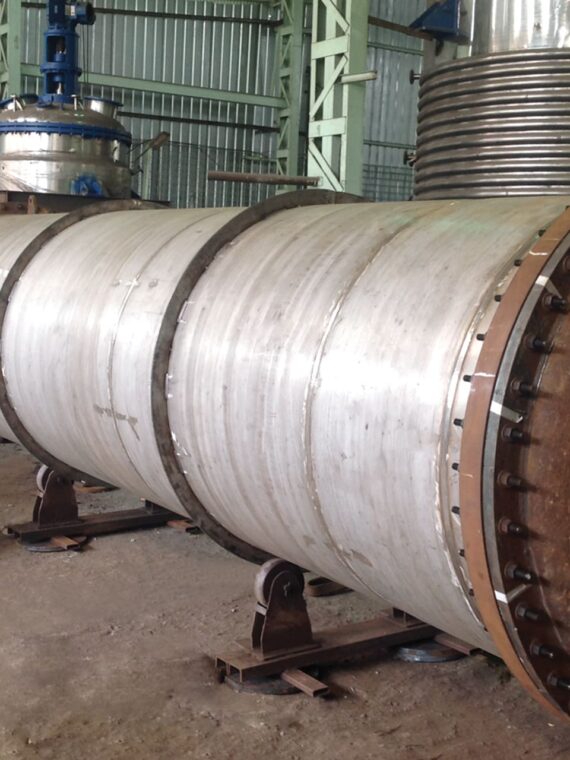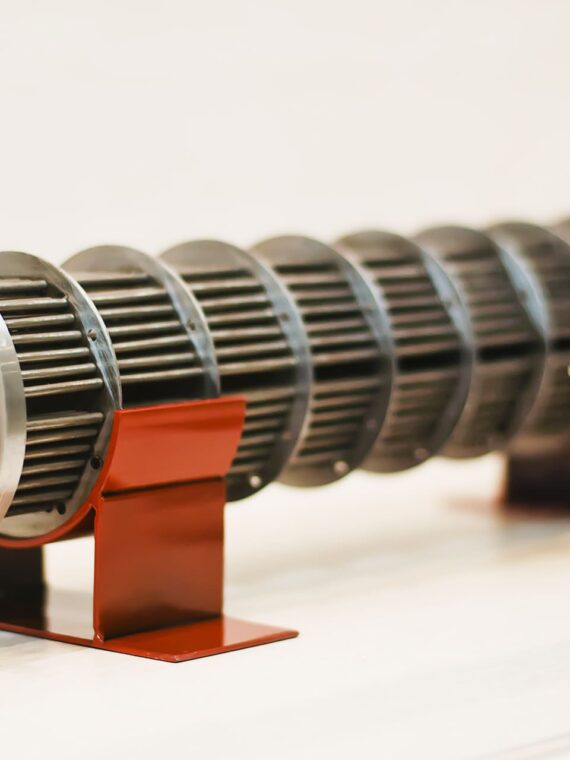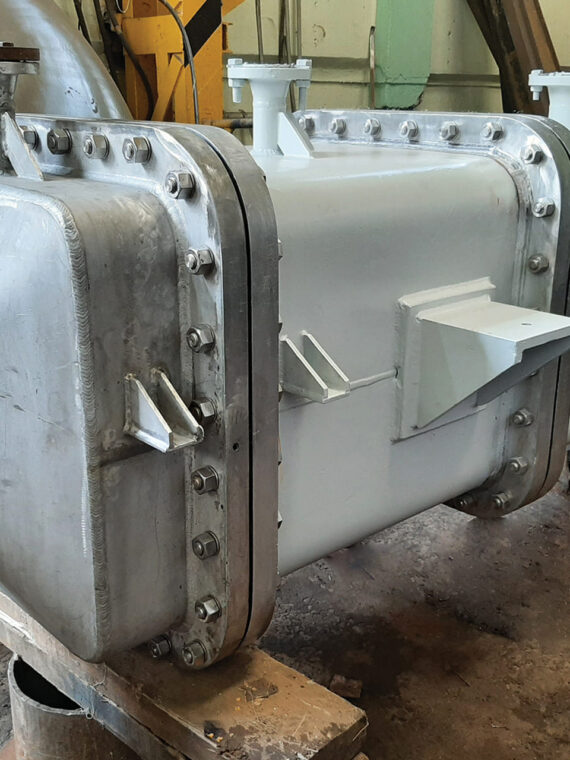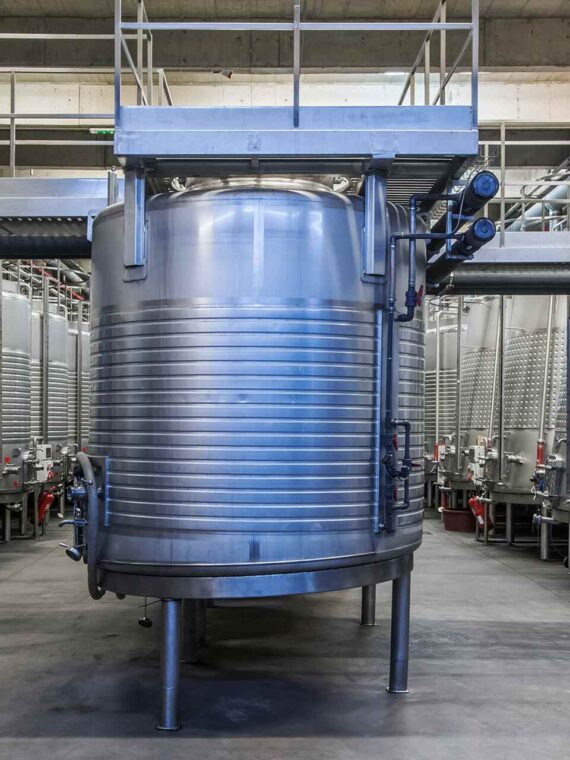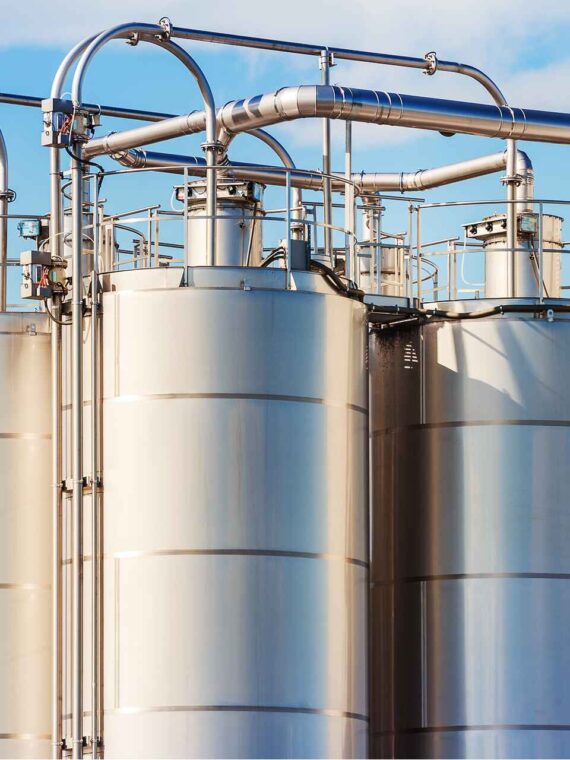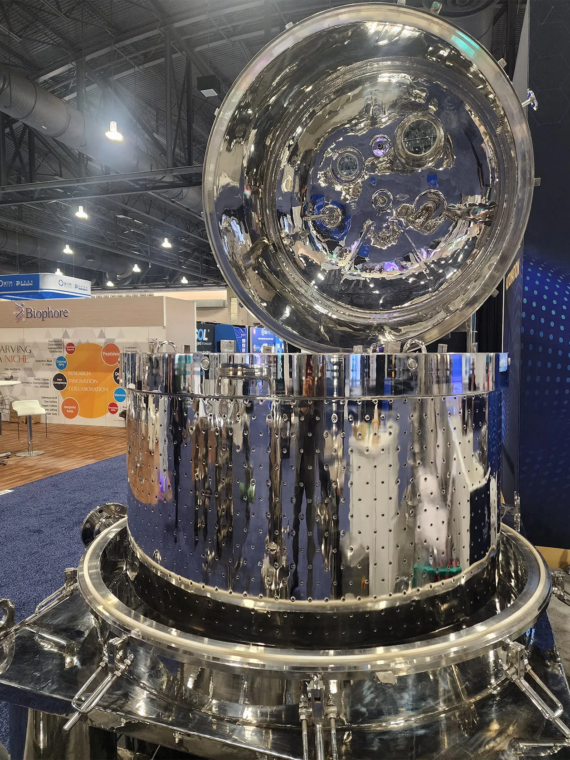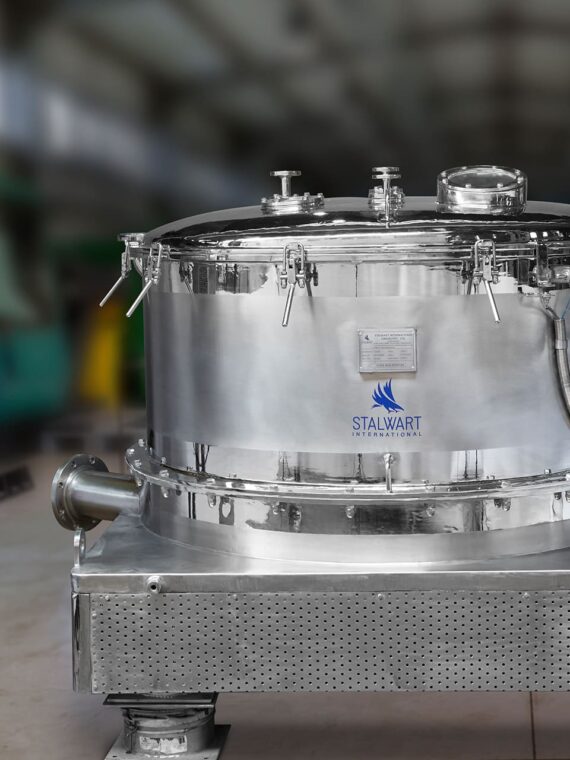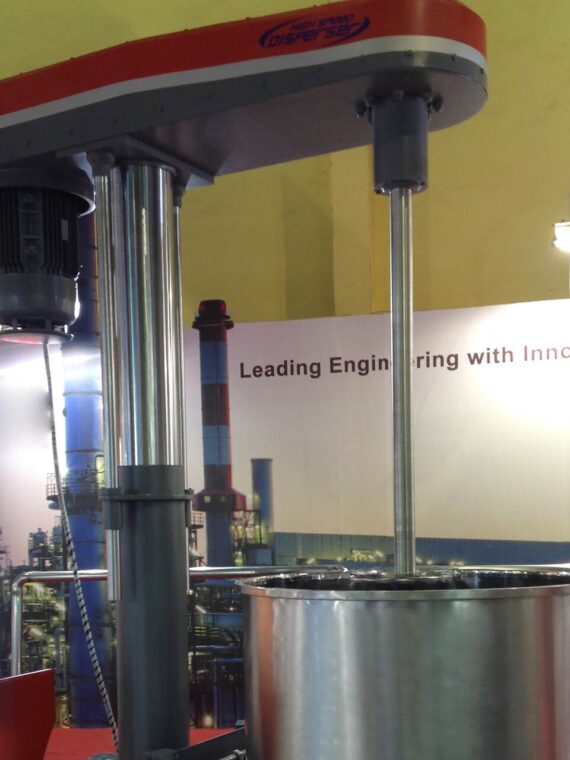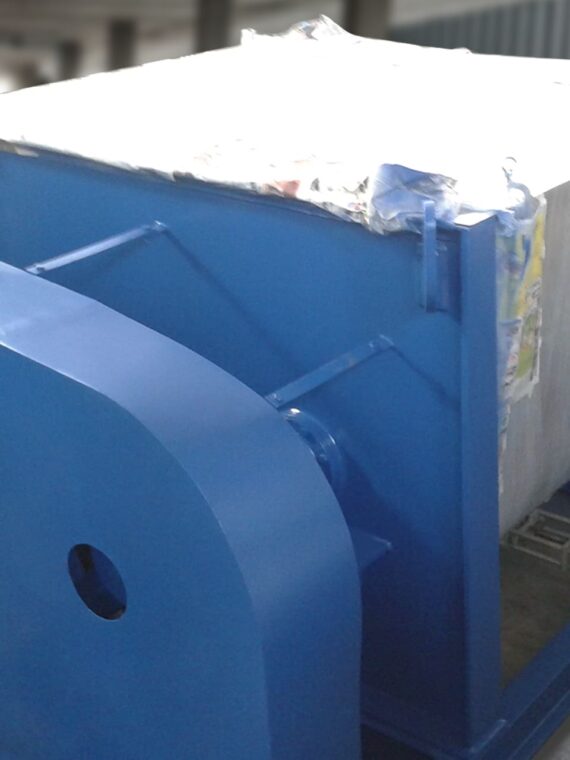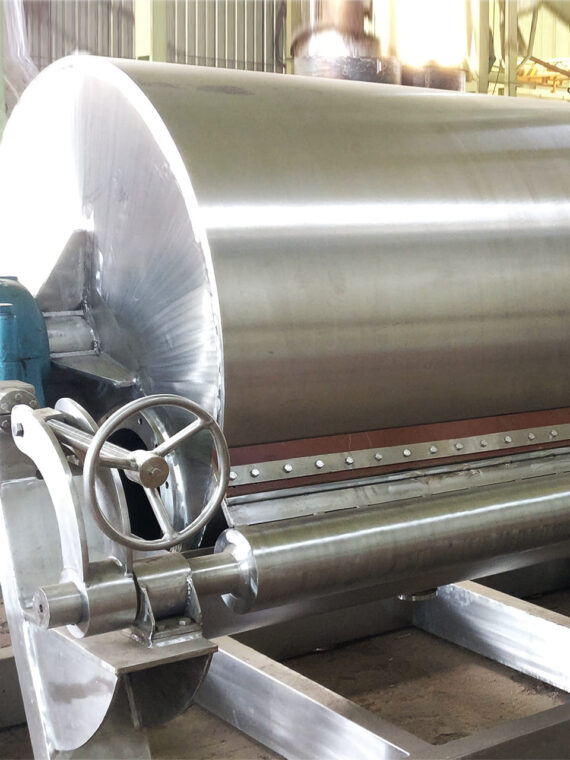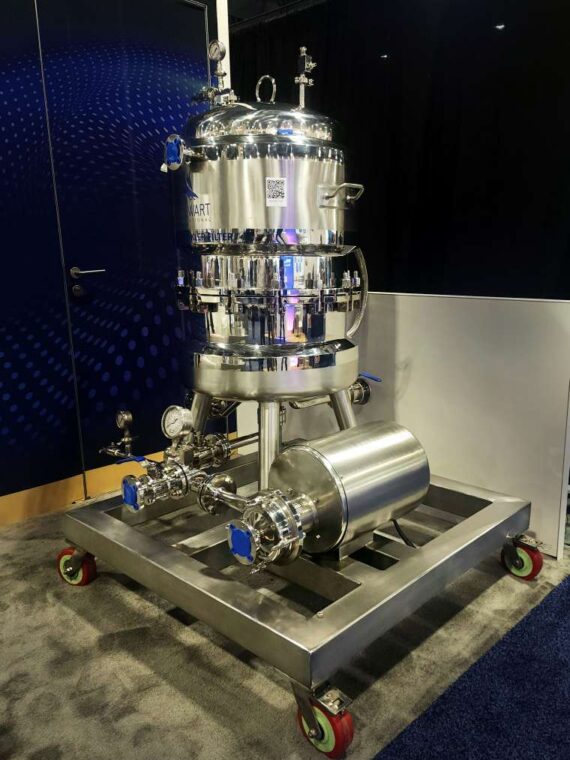Chemical reactors are at the center of all chemical manufacturing processes. The sustainability and affordability of the yield produced from pharmaceutical products, polymers, or petrochemicals is dependent on the optimization of the reactors. This blog post aims to highlight the critical elements that impact the efficiency of a chemical reactor and how it affect the overall productivity and success of the operations.
Key Parameters for Chemical Reactor Efficiency
1. Controlling Temperature
The most prominent factor for any chemical reactore is temperature. It plays a role in product selection, reaction rates, product yield and how much energy is consumed.
Factors Influencing Temperature Regulation
• During chemical manufacturing, the efficiency of transferring heat between the cooling/ heating systems and the reactants will guarantee product quality.
• Endothermic reactions allow heat retention to promote chemical stability while exothermic reactions manage it through heat being released during exothermic settings.
• Contemporary reactors normally have built-in automatic temperature control systems to achieve a set temperature with the help of loops and sensors.
2. Management of Pressure
The phase equilibrium and reaction rates can also be controlled through proper pressure control in chemical reactor. High-pressure reactors operate with greater molecular interactivity meaning more diffusion than low-pressure systems, which are appropriate for managing reaction rates.
Crucial Factors in Pressure Control:
• To avoid slips in equipment, chemical reactor must be built such that their pressure limits correspond to the process requirements.
• Safety devices: To lessen the dangers for personnel, the plant should have some precautionary measures like pressure relief valves, rupture discs, or emergency switching-off devices.
• Gas-Liquid Reactions: The efficiency for partial gas conversion in gas phase reactions is greatly increased if the partial pressure of the reagents is controlled.
3. Mixing and Mass transfer:
When heat is homogeneously distributed through uniform mixing of the reactants, there will be minimal chances of side or incomplete reactions.
Key aspects of Mixing
• Type and rotational speed of the impeller: This is important because it affects flow structure and mass transfer rates.
• Auxiliary elements ease the mixing of reactants by reducing vortex formation and include baffles and agitators.
• RTD (Residence Time Distribution) is one of the most critical parameters in reactor design for favourable productivity of chemical reactor.
4. Catalyst Performance
Catalytic reactors are designed to use a certain proportional weighting of a catalyst as a tool of best efficacy for the process. Highly engineered catalysts guarantee selectivity, shorter reaction time, and lower energy requirements
Maximizing Catalyst Performance
• Pore structure and surface area: The reaction rates can be improved by using catalysts with higher surface area.
• Regular regeneration or replacement aids in improving the performance of the catalyst by lowering catalyst fouling or poisoning.
• Common mistakes include overloading the catalyst which would lead to a pressure drop, underloading which could lead to an incomplete reaction, or incorrectly loading the catalyst in the reactor.
5. Reaction Kinetics
It allows for a knowledge of how far a given reaction can proceed, optimization of residence time, and control over undesirable side products.
Maximizing Reaction Kinetics
• Rate equations: The design of reactors and scaling-up operations largely depend on the construction of well-defined kinetic models.
• Activation Energy: Understanding which energy thresholds exist and tracking them allows to find optimal conditions for chemical reactions.
• Reaction order: Knowledge of kinetics, whether it is first-order, second-order, or more complex kinetics, helps to optimize the process.
6. Reactor Residence Time
Different products as well as different levels of conversion will require specific residence time. In addition, several reactors have specific power requirements to achieve maximum productivity.
Efficient Management of Residence Time:
• Batch and Continuous reactors: Residence time is much easier managed in continuous reactors than with batch systems.
• Tailoring flow rates can help optimize conversion while avoiding unwanted secondary reactions.
• Reagents can be conserved by matching the sizes of the chemical reactor to the expected production levels.
7. Energy Efficiency
Energy efficiency in chemical plants is crucial in any reaction to attain the desired output with the least consumption of energy.
Ways to Achieve Energy Efficiency
• Process Integration: Waste heat recovery systems can be utilized to minimize energy losses.
• Custom insulation: Insulated reactors will eliminate thermal losses.
• Power usage can be tailored through adjustment of speeds of pumps and/or agitators.
8. Use of Raw Material
The optimization of raw material usage in turn means less waste produced and increased yield which translates to higher returns for the chemical manufacturers.
Effective Raw Material Utilization
• Sound stoichiometric calculations are vital to ensure complete conversions.
• Non-reactants are wasteful feedstock; thus, recycling loops should be used to minimize feedstock waste.
Remove impurities so that unwanted side products do not contaminate the final product.
9. Process Control and Safety
Chemical process safety is a prerequisite for the constant activity of the reactor and the protection of the operating staff.
Safety Measures
An automated control system minimizes danger by systematically monitoring and rectifying process anomalies.
Prevention measures such as leak detection and containment are responsible for the control and prevention of accidents.
Legal compliance (e.g., standards provided by the EPA and OSHA) helps with minimizing legal as well as environmental risks.
10. Optimizing Process and Increasing Production Capacity
At larger scales, the performance of reactors is of greater importance to industries that seek to scale up their output.
Advanced Industrial Strategies for Scalability
• Before full-scale implementation, pilot tests allow for obstacles to be assessed so they can be dealt with ahead of time.
• Computational Fluid Dynamics (CFD): This methodology develops and improves a reactor’s design by utilizing simulations.
• Continuous process improvement is an active process of evaluation and refinement that ensures scaling efficiency.
Conclusion
In order to maximize the efficiency of chemical reactor, a deep understanding of many interrelated factors is required. Companies can increase efficiency, reduce costs, and encourage sustainable practices by optimizing various parameters like temperature, pressure, mixing, catalysts, reaction kinetics, energy consumption, raw materials, safety measures, residence time, and even scalability. While these methods increase the efficiency of the chemical processes undertaken, they also ensure adherence to the cost as well as market and legal expectations regarding high-quality chemicals. By constant monitoring and validation of these crucial elements, chemical reactor manufacturers are able to sustain their competitiveness in the industry.
FAQs
What are the parameters for reactor design?
Reactor design parameters include temperature, pressure, reaction kinetics, residence time, heat transfer, catalyst selection, and mixing efficiency. These factors determine the reactor’s performance, safety, and scalability.
What do you understand by chemical reactor?
A chemical reactor is a vessel or system where chemical reactions occur under controlled conditions. It is designed to optimize reaction rates, yield, and efficiency while ensuring safety and stability.
When designing a reactor, what must be considered in searching for the optimum efficiency?
Key factors include reaction kinetics, heat and mass transfer, reactor type, material compatibility, energy consumption, and safety measures. Proper scaling and economic feasibility are also essential.
What are the four types of reactors?
The four main types of reactors are:
- Batch Reactor – Operates in cycles with a fixed amount of reactants.
- Continuous Stirred Tank Reactor (CSTR) – Maintains uniform composition with continuous input and output.
- Plug Flow Reactor (PFR) – Ensures a smooth flow of reactants with minimal back-mixing.
- Packed Bed Reactor (PBR) – Uses a solid catalyst in a packed arrangement for reaction efficiency.



